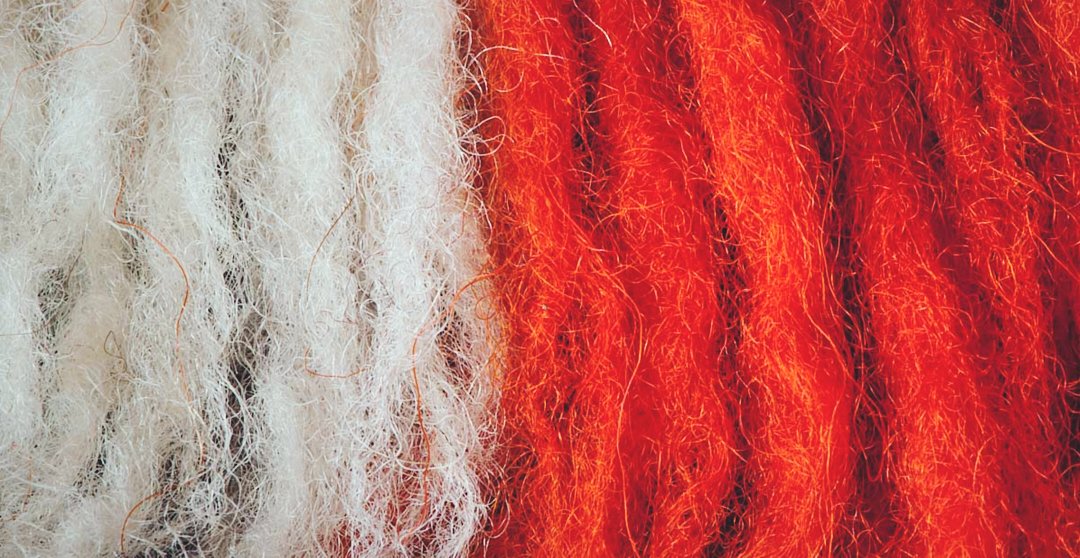#22 Microfibers
Many people believe that recycling plastics to make clothing is a great way to keep plastic out of our landfills and oceans. Unfortunately, many of the plastics used in clothing are just as harmful to the environment as the original plastic bottle. Microfibers are one of the latest trends in the textile industry that are causing environmental degradation.
Microfiber Mania:
From clothing and bed linens, to towels and furniture, microfiber is everywhere. Microfibers are tiny plastic threads that come from synthetic fabrics. Fabrics such as acrylic, nylon, rayon, and polyester all contain microfibers. These microfibers, when laundered, end up in water systems. Unfortunately, local water treatment facilities don’t have screens small enough to filter these microfibers out, thus causing them to end up in waterways and marine environments.
Facts on Microfiber:
Microfibers make up 60% of all clothing fabrics worldwide.
A single jacket can release up to 250,000 microfiberswhen it is washed.
The largest microfibers are smaller than a strand of hair – and the smallest are half-the-size of a red blood cell.
According to a 2011 study, microfibers make up 85% of all human made debris found on shorelines around the world.
Microfibers are showing up in the flesh of fish and shellfish sold all over the world.
A study of fish markets in California found that 67% of all species tested had microfibers inside of them.
At least 6.8 billion microfibers flow into New York City’s harbor every single day.
Top-load washers cause up to 170% more shedding than front loaders – and create more microscopic fibers that escape filtration systems.
HOW CAN I MAKE AN IMPACT?
Tier 1: Global Goodness
Avoid purchasing synthetic clothing. Nylon, rayon, polyester, spandex, acrylic and acetate are all types of synthetic fabrics.
Buy clothing made from natural fibers; such as organic cotton, hemp and linen.
Wash synthetic clothing less frequently – this slows the breakdown of microfibers.
Tier 2: Planet Protector
All of Tier 1.
Purchase a washing machine filter; these filters reduce the amount of microfibers that go down the drain.
Watch “The Story of Stuff’s” video on Microfibers.
Running your washer when full will create less friction for breaking down fibers.
Educate your friends and family on the dangers of microfibers.
Tier 3: Earth Angel
All of Tiers 1 & 2.
Lobby clothing manufacturers to reduce their use of synthetic fabrics.
Purchase a Guppy Friend Bag. This bag catches the microfibers from being released into the water.
Support the Rozalia Project in stopping microfiber pollution.
Change is possible. In 2015, after protests over their use, Congress passed legislation to ban the selling and distribution of microbeads – which were polluting our waterways and poisoning wildlife. Be The Change.
Choose to be an Ambassador for Change, and always Spread Loveand Spread Light.
FACTS REFERENCES:
https://pubs.acs.org/doi/abs/10.1021/es201811s
http://www.esm.ucsb.edu/research/2016Group_Projects/documents/PataPlastFinalReport.pdf
https://greenfuture.io/environment/microfiber-pollution/
https://www.ecowatch.com/story-of-stuff-microfibers-2294645216.html
https://www.plasticpollutioncoalition.org/pft/2017/3/2/15-ways-to-stop-microfiber-pollution-now
https://storyofstuff.org/blog/how-do-you-solve-a-problem-like-microfiber-pollution/


